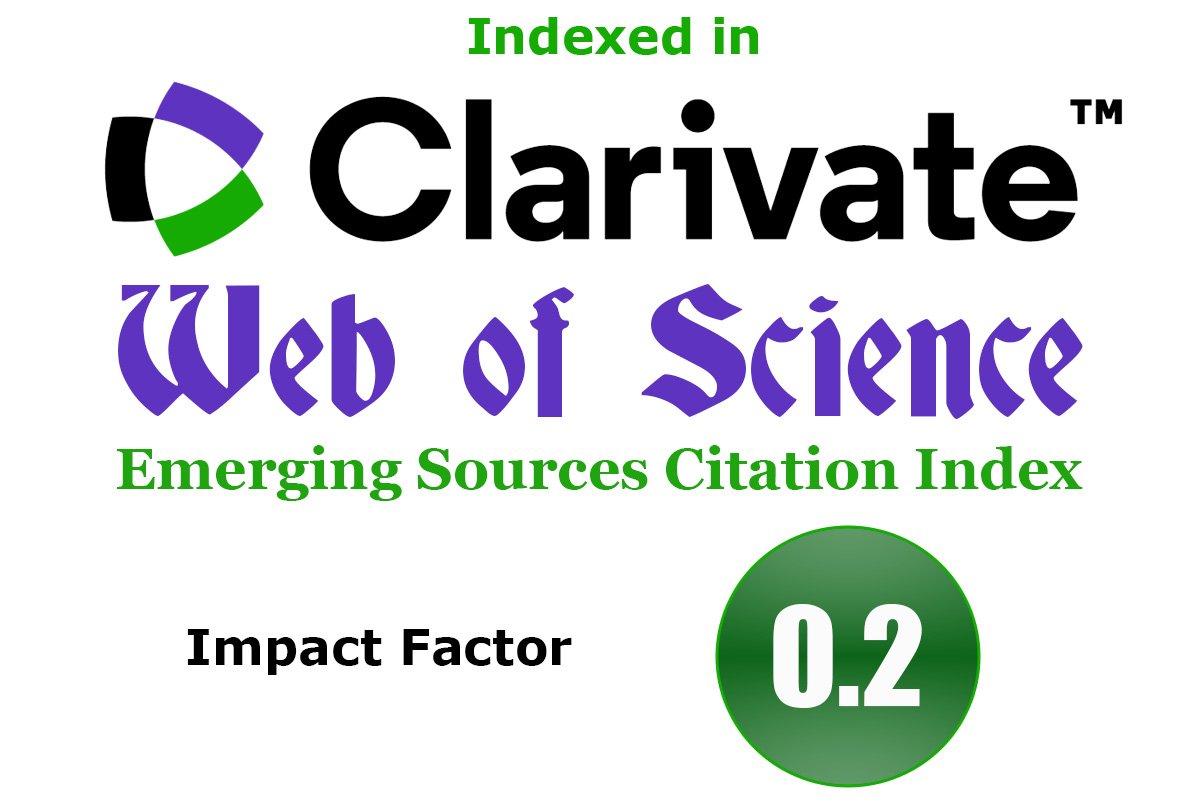Cissus quadrangularis: An Herbal Remedy Climbing Towards Health & Wellness
DOI:
https://doi.org/10.47552/ijam.v16iS2.6209Keywords:
Cissus quadrangularis, Bone regeneration, Phytochemicals, Metabolic disorders, Anti-inflammatory activityAbstract
Traditional medical systems, such as Ayurveda and Siddha, have long acknowledged the many medicinal uses of the succulent plant Cissus quadrangularis (CQ), which is a member of the Vitaceae family. Popularly known as "Harjor" or "Bone Setter," CQ has attracted the attention of scientists due to its powerful ability to reduce inflammation, act as an antioxidant, alleviate pain, and rebuild bone. Plants with a high concentration of bioactive components, such as flavonoids, triterpenoids, ketosteroids, and phenolic compounds, have a wide range of potential medicinal uses. It is a potential natural option for osteoporosis and bone injuries, as shown in preclinical and clinical research that it speeds up fracture healing, increases bone mineral density, and modulates osteoblastic activity. In addition to its effects on bone health, CQ shows promise in the treatment of metabolic diseases like diabetes, obesity, and hyperlipidemia by influencing insulin sensitivity, suppressing hunger, and lipid metabolism. Its multifunctional botanical properties are further supported by its gastroprotective, antibacterial, and hepatoprotective activities. Based on molecular research, CQ is thought to exert its therapeutic effects by lowering oxidative stress and inflammatory cytokines and by influencing important cellular pathways such as NF-κB, MAPK, and PPARγ. Integration into evidence-based medicine is hindered by the lack of extensive clinical validation and standardized formulations, notwithstanding the therapeutic potential. By outlining current findings and pointing out areas where more study is needed, this review offers a comprehensive overview of Cissus quadrangularis' phytochemistry, pharmacology, and medicinal uses. The purpose of this paper is to encourage further research into this adaptable plant and its potential use in contemporary health and wellness programs.
Downloads
Published
How to Cite
Issue
Section
License
Copyright (c) 2025 International Journal of Ayurvedic Medicine

This work is licensed under a Creative Commons Attribution-NonCommercial-ShareAlike 4.0 International License.
The author hereby transfers, assigns, or conveys all copyright ownership to the International Journal of Ayurvedic Medicine (IJAM). By this transfer, the article becomes the property of the IJAM and may not be published elsewhere without written permission from the IJAM.
This transfer of copyright also implies transfer of rights for printed, electronic, microfilm, and facsimile publication. No royalty or other monetary compensation will be received for transferring the copyright of the article to the IJAM.
The IJAM, in turn, grants each author the right to republish the article in any book for which he or she is the author or editor, without paying royalties to the IJAM, subject to the express conditions that (a) the author notify IJAM in advance in writing of this republication and (b) a credit line attributes the original publication to IJAM.





